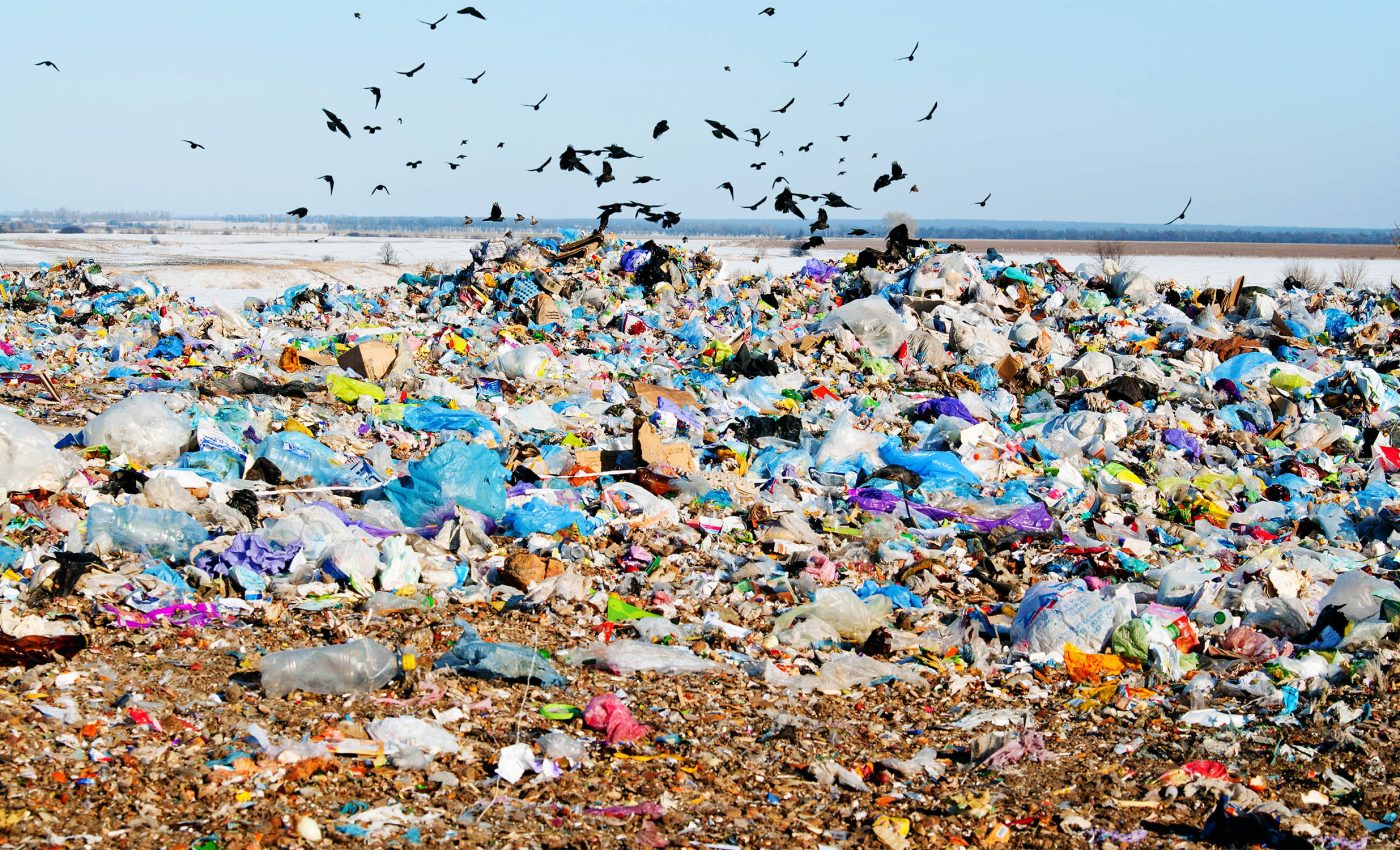
Disturbingly small amount of plastic is recycled around the world
Plastic waste has a habit of sneaking into every corner of our lives. It’s in packaging, containers, housewares, and even hidden in places we don’t expect.
Despite growing awareness and recycling efforts, less than ten percent of all plastic manufactured around the world last year was made from previously used materials.
That startling figure comes from an in-depth analysis led by Quanyin Tan from the Institution of Environmental Sciences, an international organization with member countries all over the world.
This research team aimed to crunch fresh data on how plastic is produced, consumed, and disposed of.
Plastic use is outpacing recycling
Worldwide, manufacturing of plastic goods has exploded, hitting 400 million tons in 2022. That is part of a decades-long rise tied to easy availability of petrochemicals and a growing demand for convenience goods.
Most feedstocks, or basic materials used to make plastics, still come from oil and coal. This reliance continues to cause concern for policymakers who worry about pollution and greenhouse emissions.
Most plastic is burned or dumped
Even though new plastic goods keep rolling off the conveyor belts, billions of pounds of waste pile up in landfills.
Many communities are trying to move away from tossing items into the ground, so incineration – high-temperature burning of trash – has become normal practice in several regions.
Recycling has not caught up. Only a small slice of global plastic waste heads for proper sorting, and an even tinier portion makes it into fresh products.
Burning plastic can reduce landfill buildup. Yet it creates questions about whether harmful byproducts make their way into the environment.
In some places, waste-to-energy plants harness the heat from incineration to generate electricity. But critics argue that this discourages efforts to lower production of throwaway items or boost recycling.
Plastic recycling trends differ worldwide
In the United States, people use more plastic per person than anywhere else, averaging 216 kilograms annually. Not all of that waste is dealt with locally, as a portion still travels overseas in search of processing facilities.
China, with the biggest overall use, faces a different set of obstacles. The country has seen a shift toward incineration, in an attempt to cut the amount of trash going into dumps.
Consumers often assume throwing a plastic cup in the blue bin solves the problem. The reality is more complicated, because mechanical recycling facilities struggle with contaminated or hard-to-sort materials.
“This study provides important data for devising future policies and regulations,” said Tan. The authors highlight another bottleneck: even after plastics are collected for recycling, about half end up in the incinerator anyway.
One approach relies on boosting demand for items made of reused plastic. When manufacturers see value in secondhand resin, they are more likely to invest in the technology needed to process it.
Governments can step in by drafting standards that require products to contain a certain percent of reclaimed materials. These rules help build a reliable market for suppliers who repurpose waste.
Why it matters for everyone
Plastics offer convenience and durability. That same toughness means plastic debris persists for a very long time, often escaping into waterways and farmland as it slowly degrades into smaller fragments.
Tiny particles known as microplastics turn up in soil and even inside living organisms. Such discoveries raise questions about health impacts, and fuel a push to fix the plastic loop once and for all.
It starts with cutting back on disposable items. Simple decisions like opting for long-lasting goods or switching to refillable containers will reduce overall usage.
Proper sorting is also key. If more families rinse and separate their plastics, it takes less effort at the recycling facility, creating a cleaner stream of usable material.
Plastic recycling must improve
Tracking plastic flows helps scientists pinpoint the most serious leaks in the system. They can see which nations and industries are cleaning up their act and which ones still need help.
That big-picture view allows leaders to craft better laws. These regulations might prioritize cutting single-use packaging, boosting recycling plants, or funding incineration upgrades to handle toxic fumes.
As production inches toward 800 million tons per year by 2050, extra plastic could swamp the planet if we keep using the same playbook.
Cutting reliance on virgin feedstocks can slow the tide, especially if more recycled content edges its way into new manufacturing.
Those shifts demand cooperation across borders and industries. Otherwise, next-generation efforts might fail to tackle a problem that grows bigger and more threatening each year.
The study is published in Communications Earth & Environment.
—–
Like what you read? Subscribe to our newsletter for engaging articles, exclusive content, and the latest updates.
Check us out on EarthSnap, a free app brought to you by Eric Ralls and Earth.com.
—–













